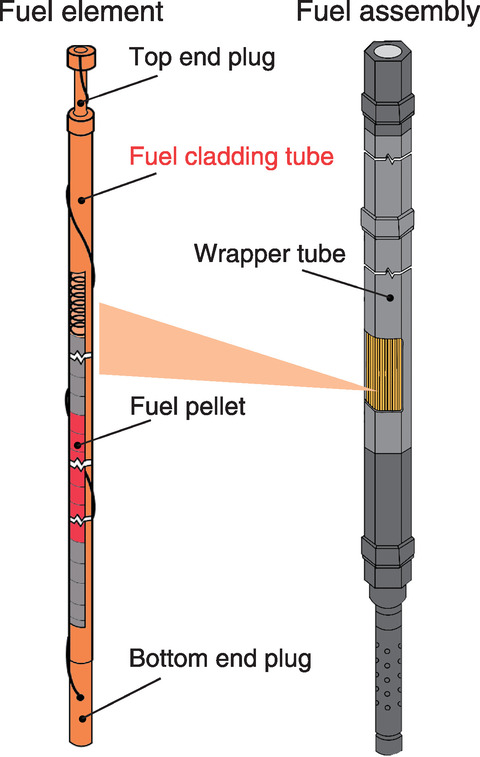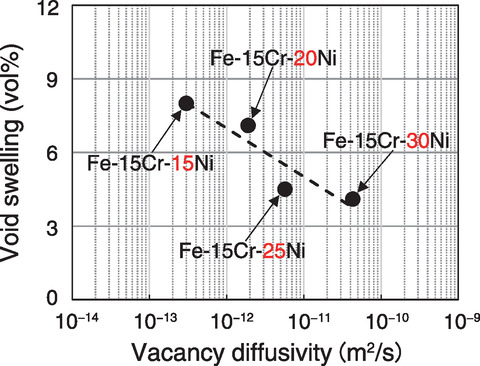
Fig.7-8 Example fuel structure design in a sodium-cooled fast reactor

Fig.7-9 Void denuded zone formed in neutron-irradiated Fe-Cr-Ni austenitic steels (476 ℃, 18 dpa*)

Fig.7-10 Relationship between vacancy diffusivity and void swelling of each steel sample
Fuel pellets inside a nuclear reactor are covered with a thin metal tube, i.e., the fuel cladding tube, to prevent the leakage of radioactive materials released by nuclear fission (see Fig.7-8). The material used for the fuel cladding tube must be resistant to irradiation and not deteriorate in the presence of the neutron irradiation occurring in the reactor.
We are currently developing long-life cladding tubes that exceed the performance of the existing modified SUS316 steel cladding to reduce radioactive waste and support research into fast reactors. In particular, swelling causes material deterioration and must be reduced. Swelling is due to the behavior (diffusion and quantity) of irradiation-induced point defects (vacancies and self-interstitial atoms) in the material. Therefore, the behavior of these defects must be understood and controlled to suppress swelling; however, the quantitative relationship between defect behavior and swelling has not been addressed. Further, methods to evaluate these behaviors have not yet been established. Clarifying the relationships between defect behavior and swelling in various steel types with different alloy components thus would allow an appropriate design strategy for selecting major alloy components and additional elements to be constructed to supplement the existing cladding design method.
Therefore, we aimed to develop a method to estimate the behavior of defects in Fe-Cr-Ni austenitic steel (i.e., the base material of modified SUS316 steel) by focusing on the void denuded zone (VDZ) at grain boundaries by irradiation. The width of the VDZ depending on the vacancy diffusion behavior was measured using transmission electron microscopy. Using the measured widths and calculations combining the existing VDZ formation theory (i.e., diffusivity dependence) and the existing rate theory (i.e., concentration dependence), we estimated the vacancy diffusivity and concentration. The observed VDZ formation within four steel samples irradiated in Joyo is shown in Fig.7-9, where the Cr content of these samples was fixed at 15wt%, and the Ni content was ranged from 15 to 30wt%. The VDZ width varied with Ni concentration. The relationship between the vacancy diffusivity and the void swelling is shown in Fig.7-10. Our methodology thus quantitatively clarified that the swelling suppression in the four steels was due to the increase of vacancy diffusivity. Future efforts will focus on using neutron-irradiated samples with various alloy components to improve the accuracy of the observed relationship, thereby contributing to efforts to optimize the design of alloy components.
This research is a part of the results from the joint research with Hokkaido University, “Research on quantitative evaluations of point defect behavior in Fe-Cr-Ni steel”.
(Yoshihiro Sekio)